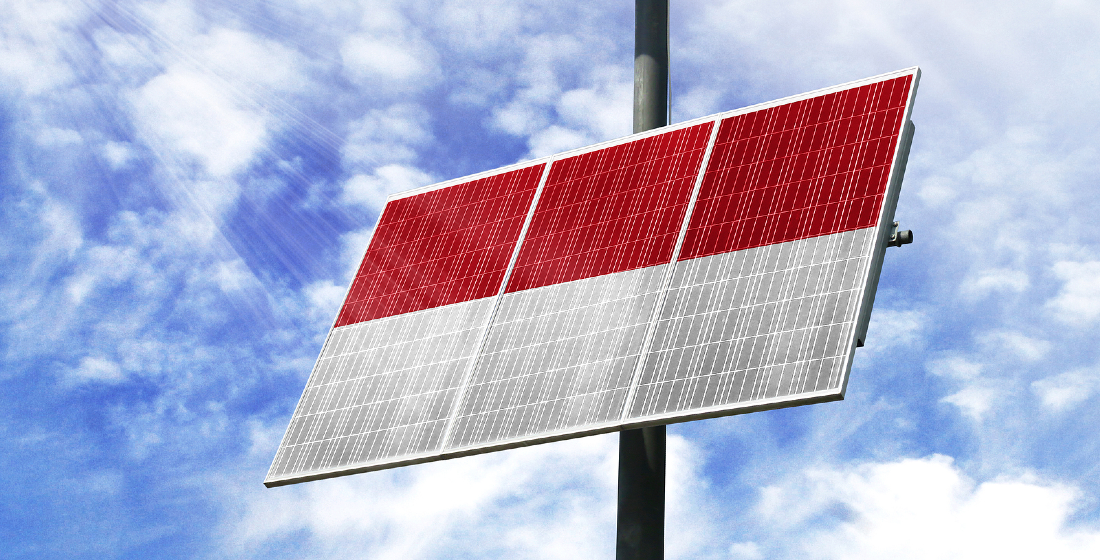First floating offshore wind financing nears close
Portugal's first floating offshore wind project, the €125 million ($152.4 million) 25MW Wind Atlantic farm, is expected to reach financial close in the second quarter of this year.
Sponsored by the WindFloat Atlantic consortium – a joint venture between EDF Renewables, Mitsubishi Corporation, Chiyoda Corporation, Repsol, Trust Energy (comprising Engie and Marubeni) and Principle Power – the project comprises three 8MW MHI Vestas turbines and platforms (based on Principle Power design and built by A Silva Matos). The platforms will be built onshore and towed to an area with 85m water depth 20km off the coast of Viana do Castelo in northern Portugal. Expected commissioning is in 2019.
The 18-year debt for the project is being provided by the EIB (a €25 million loan under the EIB's InnovFin Energy Demonstration Projects programme and another €30 million loan from the NER300 EU grant scheme), EKF (off the-back of Vestas content), and commercial banks Mizuho and Caixa Geral de Depositos. While the total debt size still hasn't been finalised, EKF is expected to cover around 50% of the commercial debt. Pricing is rumoured to range between 220-260bp.
The higher degree of risk resulting from the new technology, coupled with the handful of banks willing to lend to such a new project, has pushed premiums significantly higher than conventional European offshore wind margins. “Portugal is new to the offshore wind market and currently has no utility-scale offshore projects, other than the Hexicon floating wind demonstration, and thus its not currently a borrower's market," a source close to the deal tells TXF.
The scheme is backed by feed-in-tarrifs of €168/MWh for 20 years. And, while the tariff seems high compared to current offshore wind rates, market observers claim the figure is about right when compared to the France's subsidised tariffs which range between €150-160MWh.
The European Commission approved the acquisition of joint control of the project by the joint sponsors in December, paving the way for the scheme’s financing.




